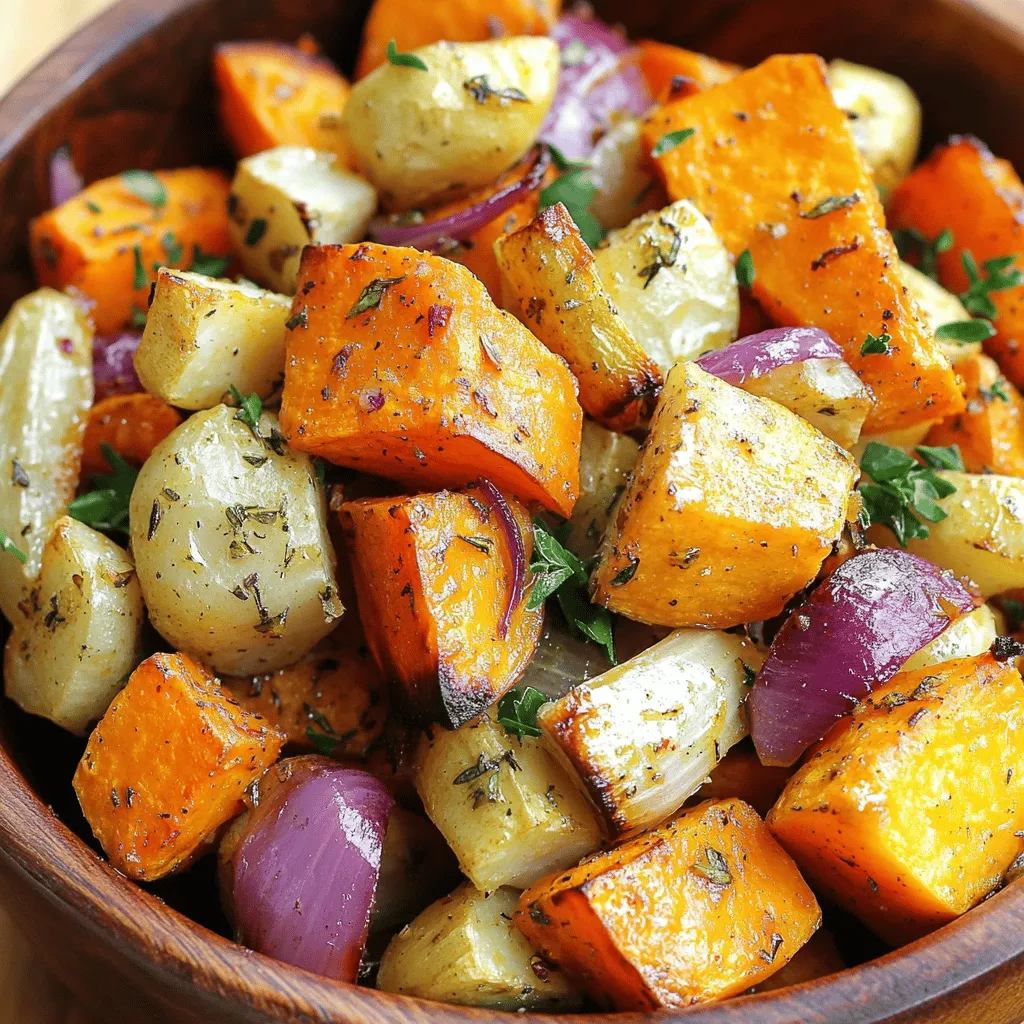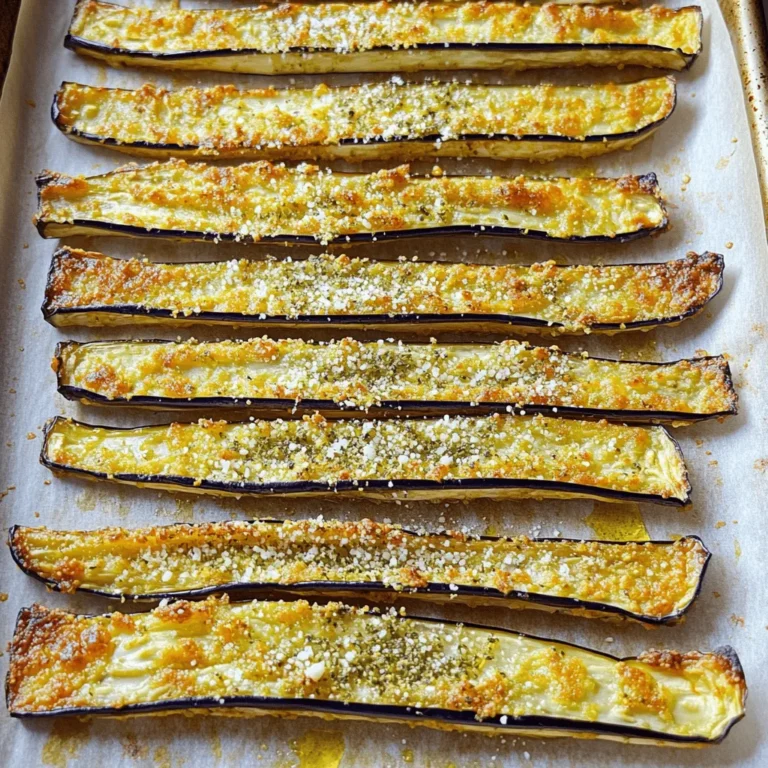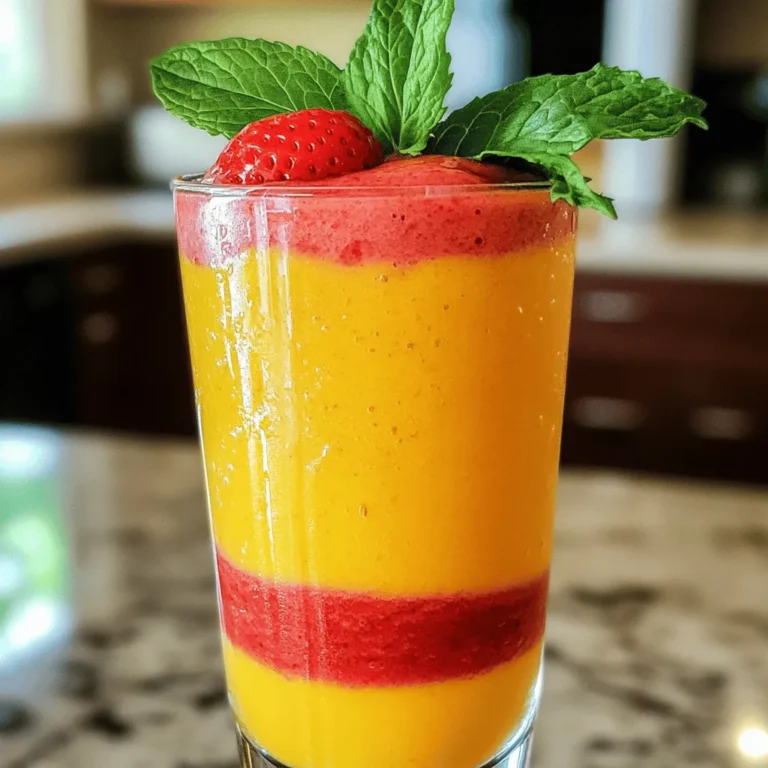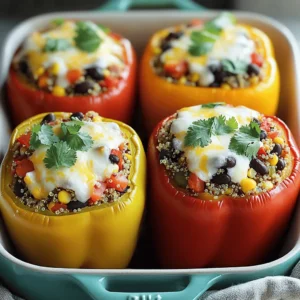Latest & Greatest
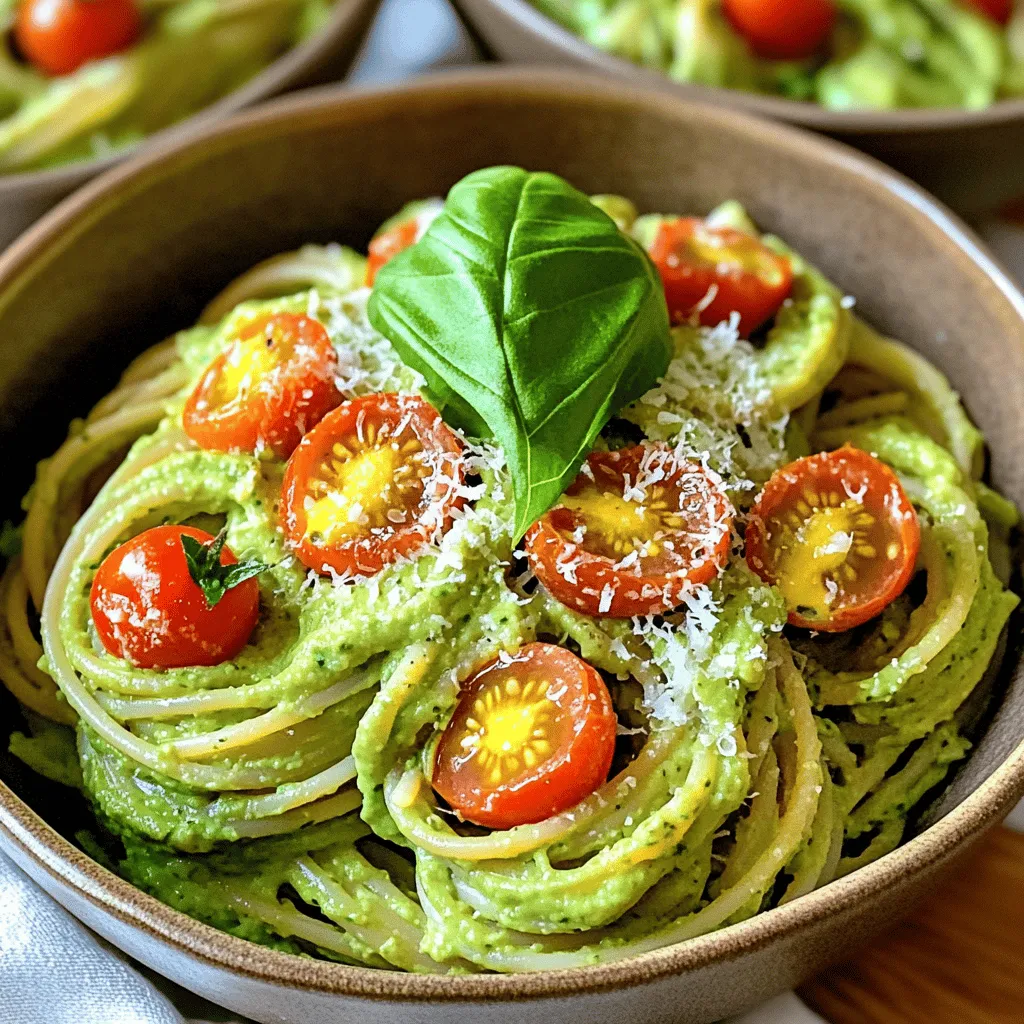
Creamy Avocado Pasta Quick and Flavorful Meal
Looking for a quick and tasty meal? Creamy avocado pasta is your answer! This dish is not only easy to
Read more…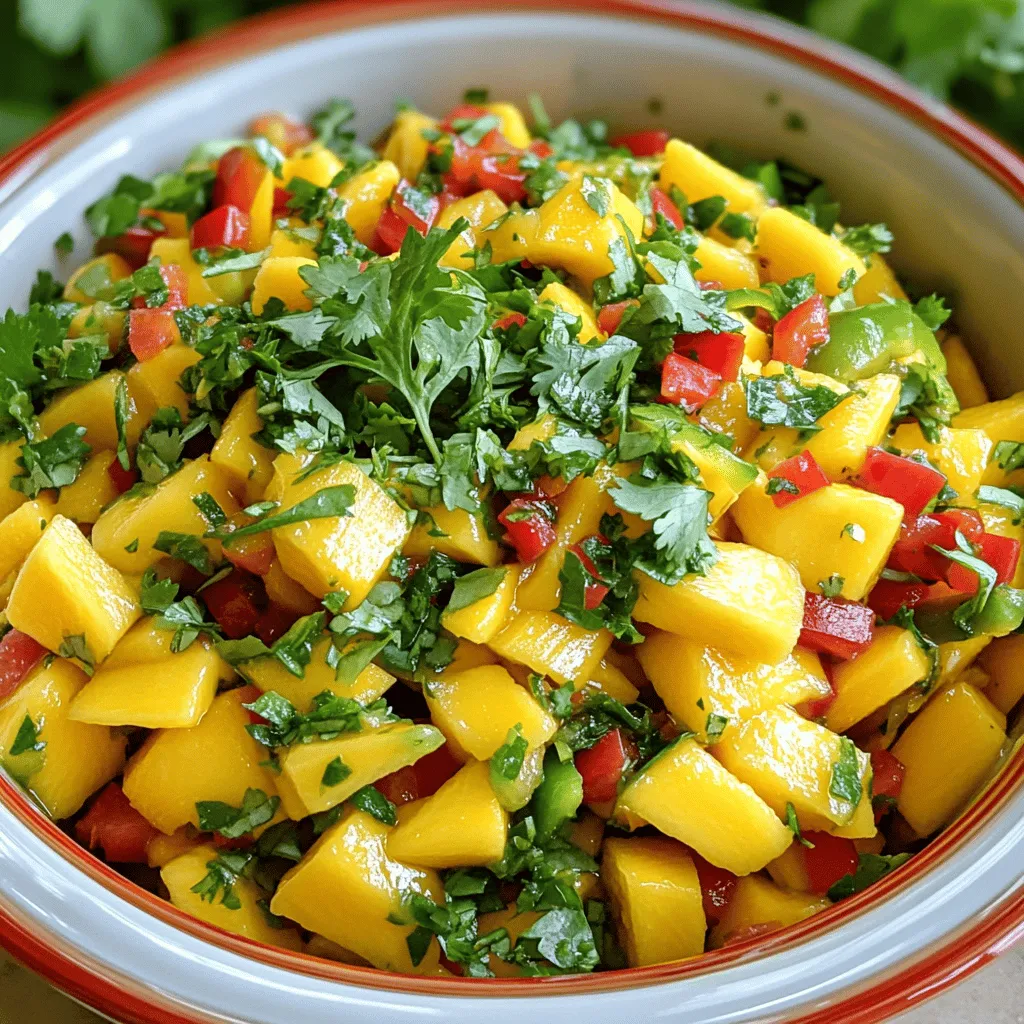
Tropical Mango Salsa Fresh and Flavorful Delight
Get ready to brighten up your meals with my Tropical Mango Salsa! Bursting with fresh flavors, this salsa combines ripe
Read more…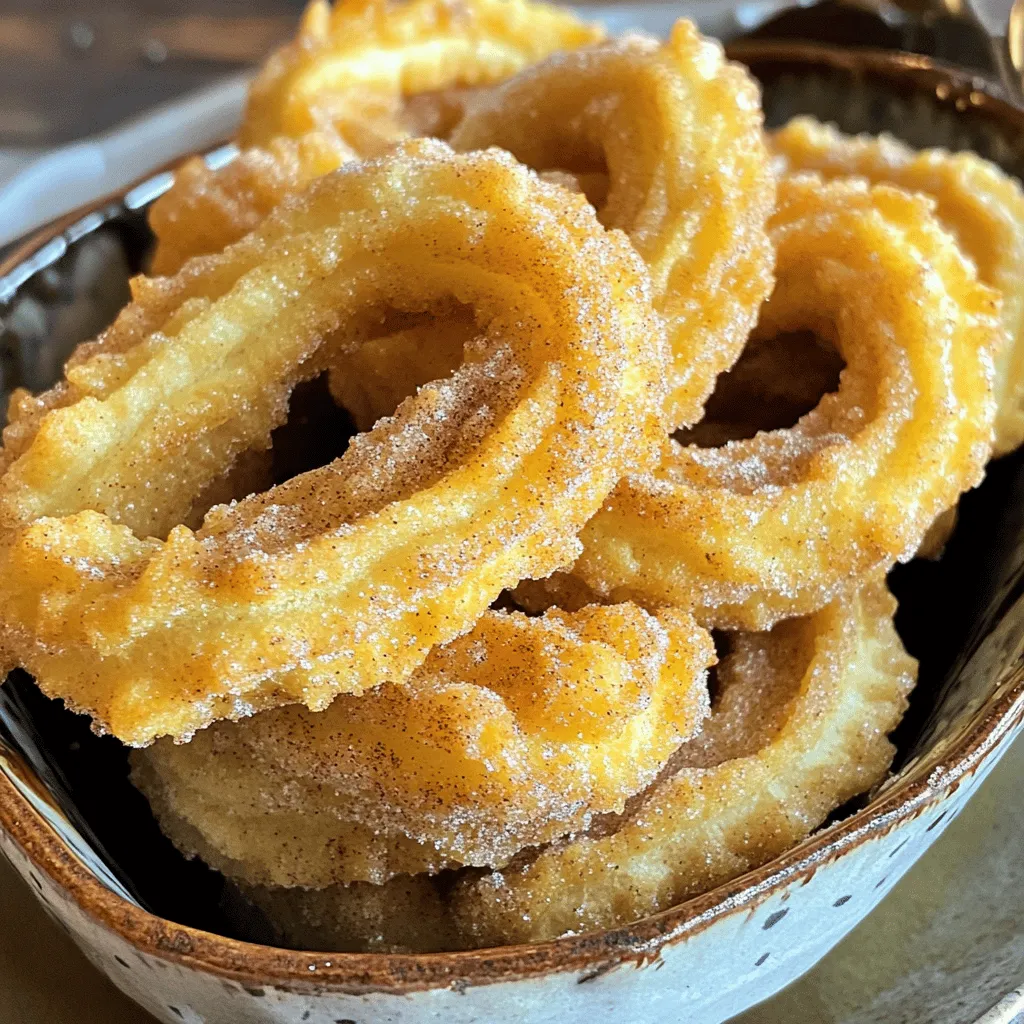
Cinnamon Sugar Churros Crispy and Delicious Treat
If you crave a crispy, sweet treat, Cinnamon Sugar Churros are for you! With just a few simple ingredients, you
Read more…
Banana Oatmeal Pancakes Healthy and Fluffy Recipe
Are you ready to whip up a breakfast that’s both healthy and delicious? Meet my Banana Oatmeal Pancakes! They’re easy
Read more…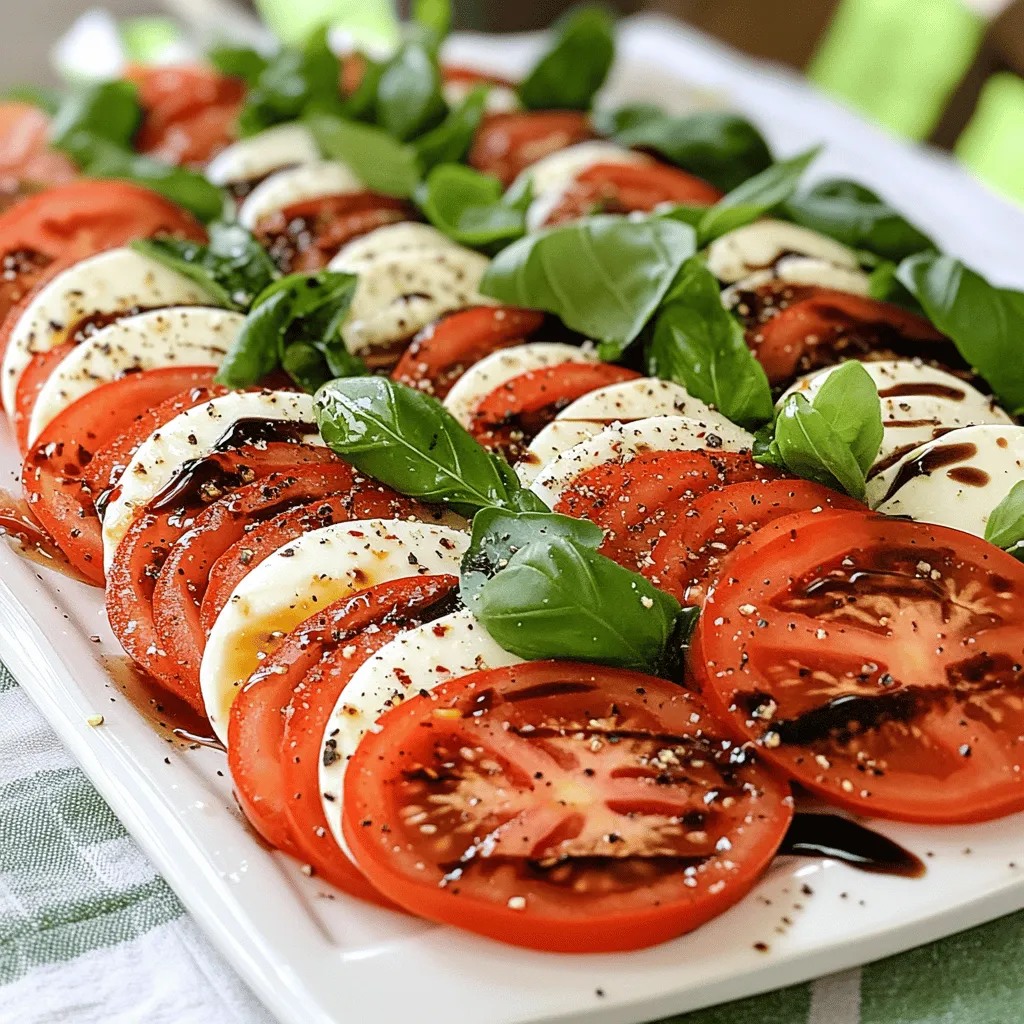
Classic Caprese Salad with Balsamic Reduction Recipe
Are you ready to elevate your salad game? In this post, I’ll share my Classic Caprese Salad with Balsamic Reduction
Read more…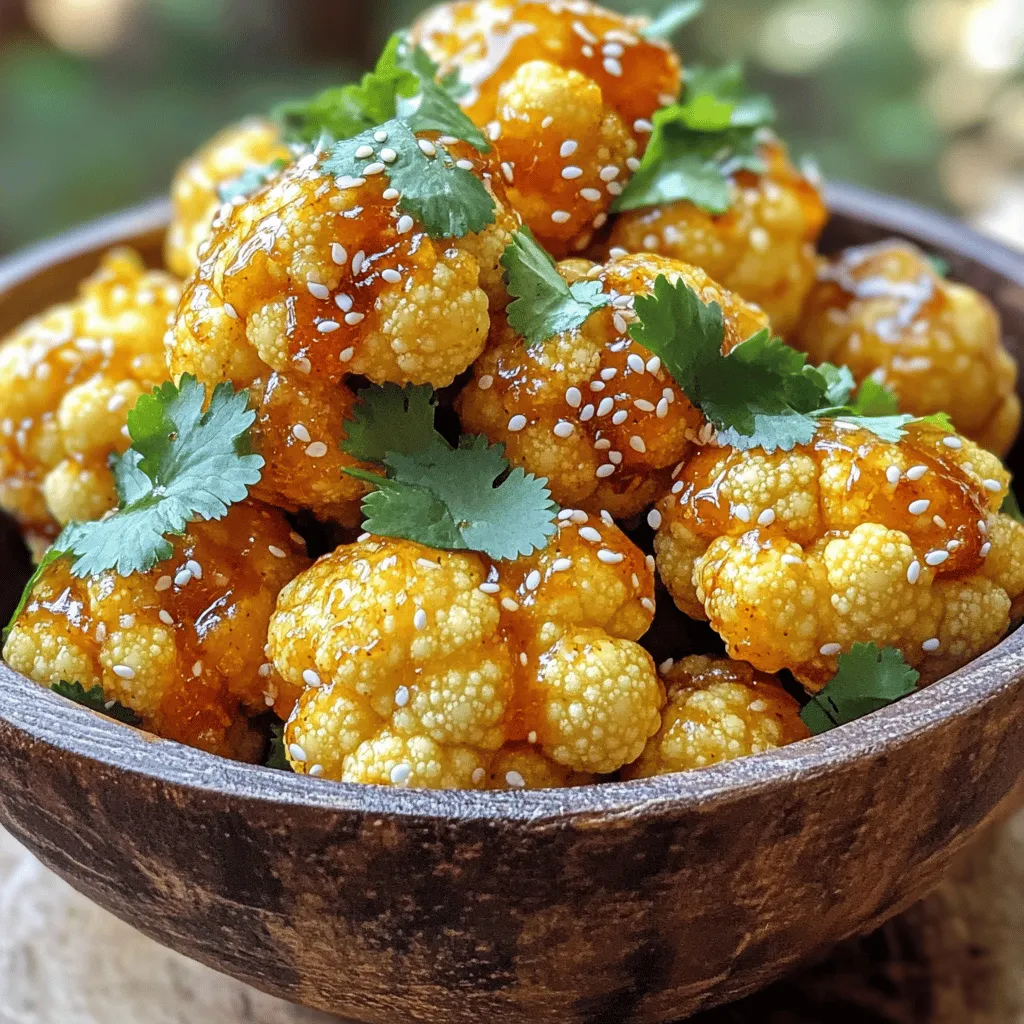
Sriracha Honey Cauliflower Bites Quick and Tasty Snack
Looking for a fun, easy snack? You’ve found it with Sriracha Honey Cauliflower Bites! This tasty treat is spicy, sweet,
Read more…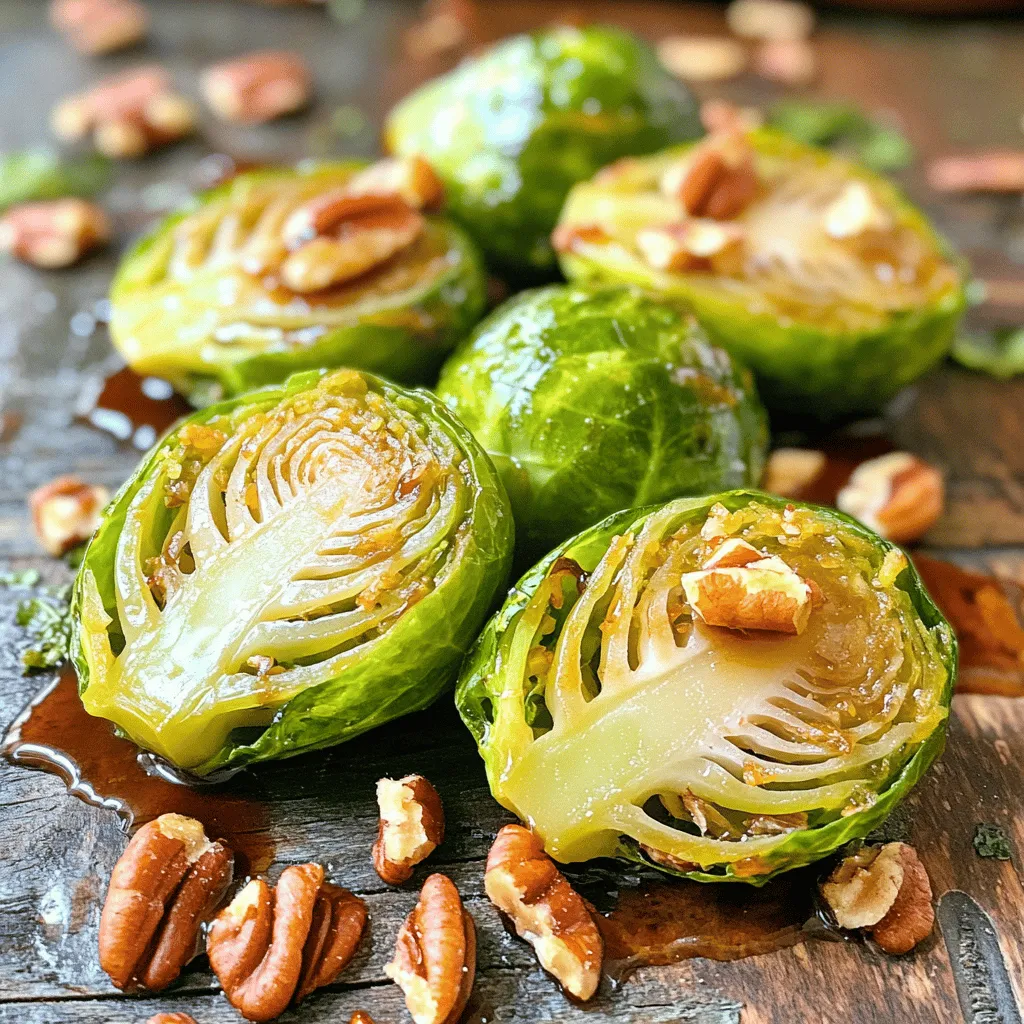
Maple Glazed Brussels Sprouts Irresistible Side Dish
Love tasty veggies? You’ll adore these Maple Glazed Brussels Sprouts! This side dish brings sweet and savory together, making every
Read more…
Easy Chicken Alfredo Bake Flavorful Weeknight Dinner
Looking for a quick and tasty dinner idea? My Easy Chicken Alfredo Bake is the perfect solution! With just a
Read more…browse recipes
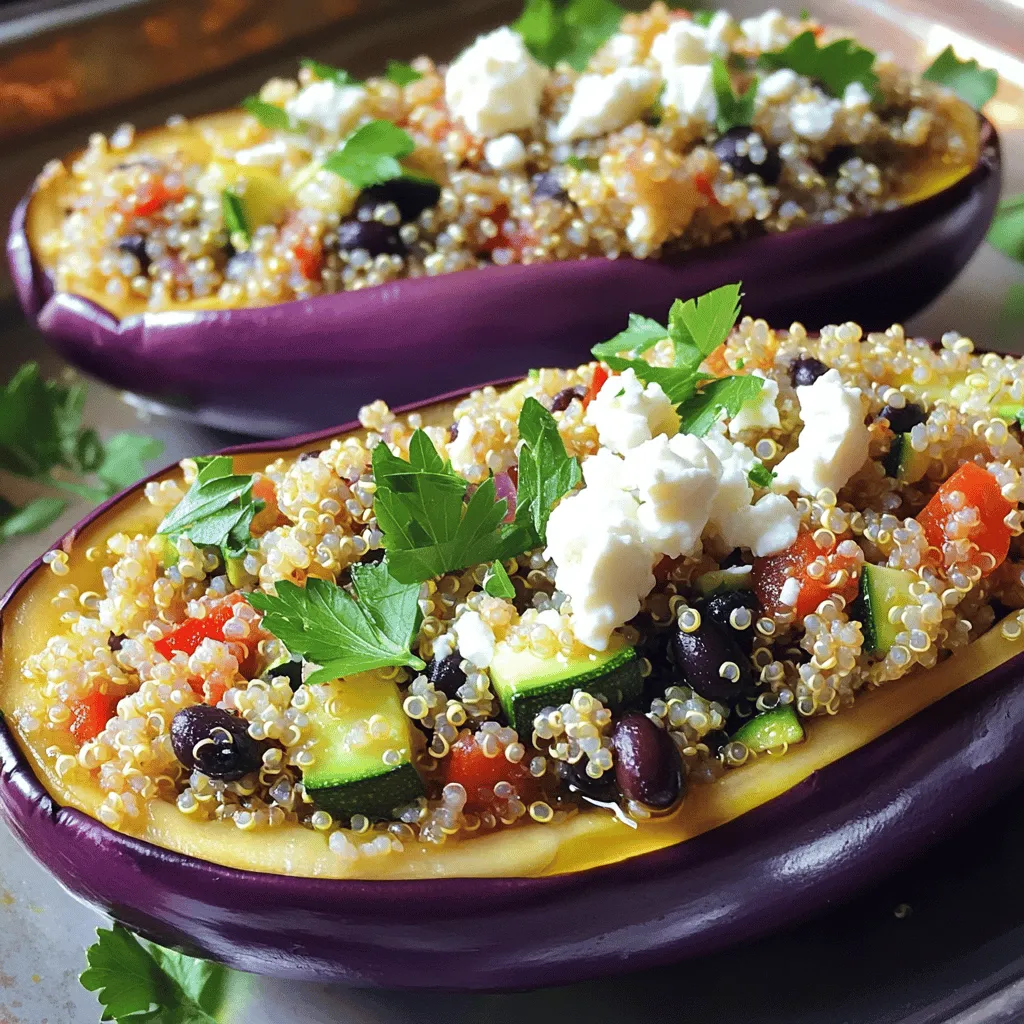
Stuffed Eggplant with Quinoa Flavorful and Hearty Dish
Are you ready for a dish that’s both hearty and flavorful? Stuffed eggplant with quinoa is here to impress! This recipe combines tender eggplant…
My Latest Desserts
My Latest Recipes
hey,
i’m !
I’m so happy you’re here!
Cooking is my love language, and I’m excited to share my best dishes with you. Hope they become your favorites too! Let’s enjoy every bite of this journey together.
Garlic Herb Roasted Root Vegetables Delightful Dish
Do you crave a comforting dish that bursts with flavor? Garlic Herb Roasted Root Vegetables are your answer! This delightful recipe combines sweet carrots,…
